
Robothorium: A Tactical RPG with Potential, But Falls Short
Contents
Robots have always been a fascinating and controversial topic, from fictional series like Gundam and Transformers to real-world automation. Discussions often revolve around artificial intelligence, emotions, learning, and evolution. What happens when robots gain sentience? Will they become a threat, as depicted in Terminator or Matrix? Robothorium, developed by the lesser-known Goblinz Studio, explores these very questions.
Set in a distant future where robots perform most tasks and possess individual thought and personality, Robothorium asks: what happens when humanity feels threatened by its own creations? The game’s narrative centers on the conflict between extremist humans, robots demanding equal rights, and Robothorium cyborgs (half-human, half-machine) struggling to find their place in both societies. Fans of Darkest Dungeon will recognize the game’s visual style and some gameplay mechanics. With an ambitious narrative and deep gameplay, can Robothorium become an indie game phenomenon? Let’s delve in.
Deep Tactical Gameplay
 Robothorium is a dungeon crawler where players control a squad of robots navigating interconnected rooms. Room layouts and events are randomized. Players might encounter a stray robot and choose to attack, hack, or disable it. Beneficial events include hacking ventilation systems to poison enemies or hacking cameras to reveal enemy locations. Each action has a success rate, with failure increasing the level’s difficulty (more traps, enemies, higher enemy levels, etc.).
Robothorium is a dungeon crawler where players control a squad of robots navigating interconnected rooms. Room layouts and events are randomized. Players might encounter a stray robot and choose to attack, hack, or disable it. Beneficial events include hacking ventilation systems to poison enemies or hacking cameras to reveal enemy locations. Each action has a success rate, with failure increasing the level’s difficulty (more traps, enemies, higher enemy levels, etc.).
The core of Robothorium lies in its tactical turn-based combat, often pitting players against larger enemy forces. Players assemble a five-member squad from eight robot types with different functionalities. Positioning and team composition are crucial for success. Robot types mirror traditional RPG classes: R.I.O.T (tank), W.A.R (damage dealer), R.E.P.A.I.R (healer/support), and more.
 RobothoriumGameplay revolves around managing each robot’s heat level. Using abilities increases heat, and when full, the robot overheats, becoming stunned and vulnerable. Basic attacks reduce heat, offering a strategic trade-off. Some robots, like S.O.N.G, can increase enemy heat, potentially stunning multiple opponents.
RobothoriumGameplay revolves around managing each robot’s heat level. Using abilities increases heat, and when full, the robot overheats, becoming stunned and vulnerable. Basic attacks reduce heat, offering a strategic trade-off. Some robots, like S.O.N.G, can increase enemy heat, potentially stunning multiple opponents.
All units have health and shields. Shields typically absorb damage before health, but some abilities bypass shields. Like Darkest Dungeon and Battle Chasers: Nightwar, Robothorium emphasizes buffs and debuffs over raw damage, adding depth to the tactical layer. Players must carefully consider their actions each turn, prioritizing strategy over simply using the highest damage abilities.
Poor Port and Optimization
 Robothorium PC-centric design is evident in its UI and controls, which are clearly designed for mouse input. This translates poorly to the Nintendo Switch, where gamepad controls feel clunky and the mouse cursor is awkwardly emulated. Interacting with UI elements is cumbersome.
Robothorium PC-centric design is evident in its UI and controls, which are clearly designed for mouse input. This translates poorly to the Nintendo Switch, where gamepad controls feel clunky and the mouse cursor is awkwardly emulated. Interacting with UI elements is cumbersome.
Compounding this issue is the game’s poor optimization. Despite being a lightweight 2D title, Robothorium suffers from significant lag when transitioning between menus or screens. This frequent stuttering feels less like a bug and more like an unfortunate feature. While the PC version reportedly performs smoothly, the Switch port leaves much to be desired.
Lack of Depth and an Unsatisfying Ending
 RobothoriumDespite its promising core mechanics, Robothorium fails to capitalize on its potential. The gameplay becomes repetitive by mid-game, with upgrades providing little tangible impact. Combat devolves into a monotonous cycle of buffs, debuffs, and occasional ultimate abilities with long cooldowns. The high penalty for robot deaths further exacerbates this issue, often forcing players to restart levels.
RobothoriumDespite its promising core mechanics, Robothorium fails to capitalize on its potential. The gameplay becomes repetitive by mid-game, with upgrades providing little tangible impact. Combat devolves into a monotonous cycle of buffs, debuffs, and occasional ultimate abilities with long cooldowns. The high penalty for robot deaths further exacerbates this issue, often forcing players to restart levels.
 RobothoriumFurthermore, while Robothorium boasts a compelling narrative and engaging storytelling, it ultimately disappoints with a lackluster ending. After defeating the shadowy organization threatening world domination, the story abruptly concludes without resolution. The fate of the robot rights movement, human extremists, and cyborgs remains unanswered, leaving players with a sense of incompleteness.
RobothoriumFurthermore, while Robothorium boasts a compelling narrative and engaging storytelling, it ultimately disappoints with a lackluster ending. After defeating the shadowy organization threatening world domination, the story abruptly concludes without resolution. The fate of the robot rights movement, human extremists, and cyborgs remains unanswered, leaving players with a sense of incompleteness.
Conclusion
Robothorium presents an intriguing premise and engaging tactical combat, but its poor optimization, repetitive gameplay, and unsatisfying ending ultimately hold it back. While the core mechanics show promise, the game falls short of its potential, leaving players wanting more.
- Developer: Goblinz Studio
- Publisher: WhisperGames
- Genre: RPG
- Release Date: January 31, 2019
- Platforms: PC | Nintendo Switch
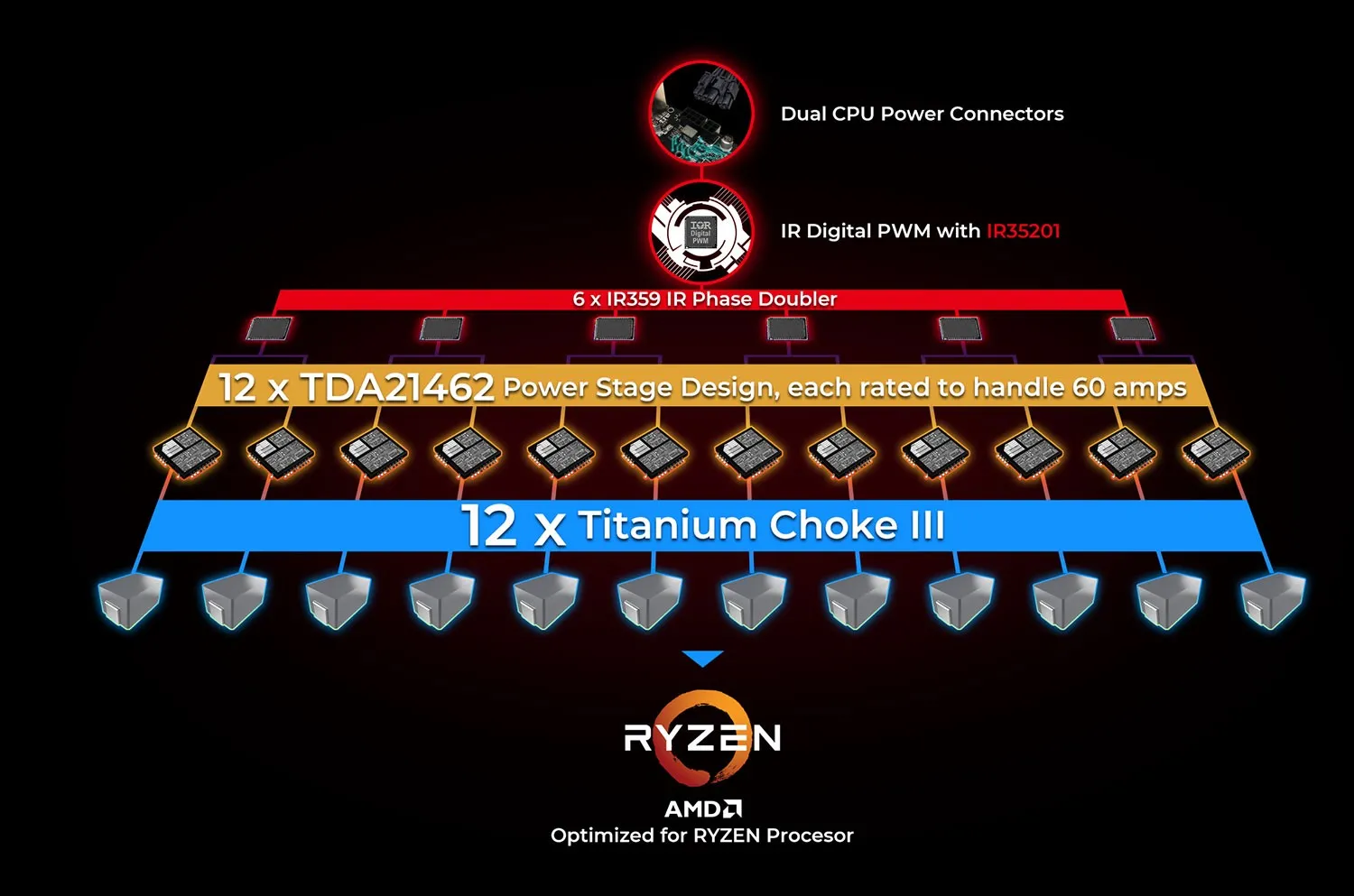
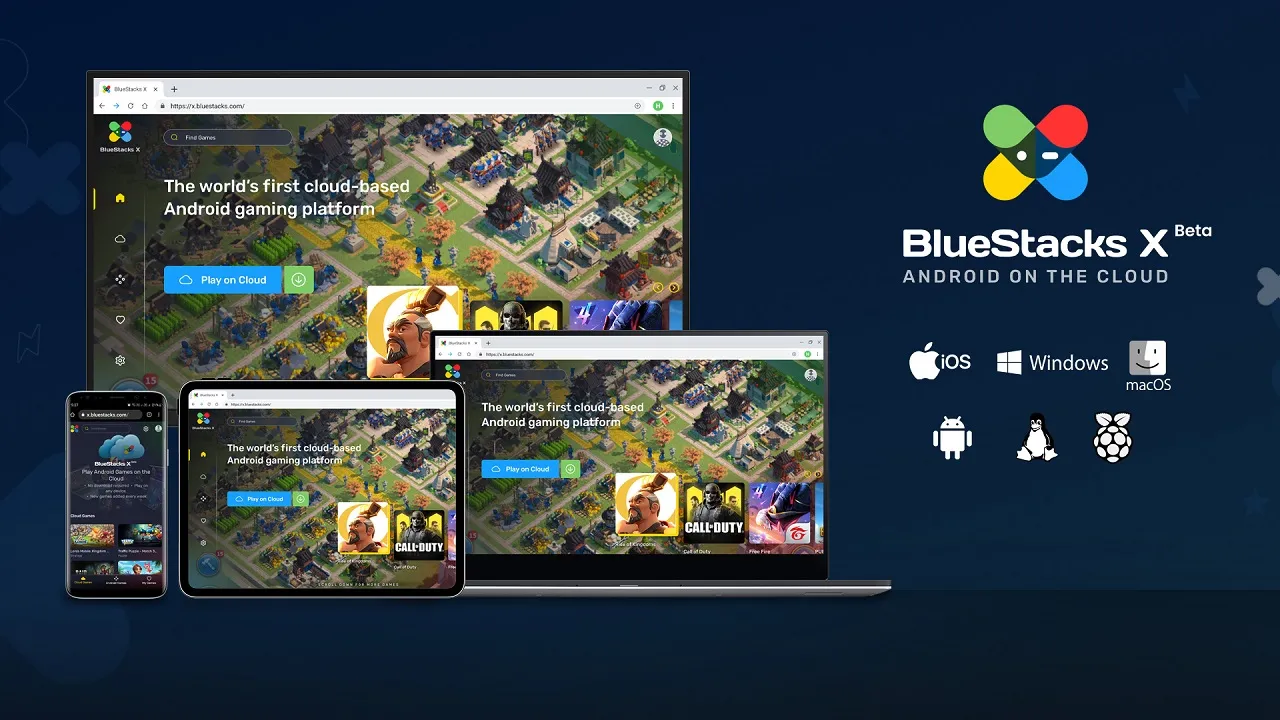
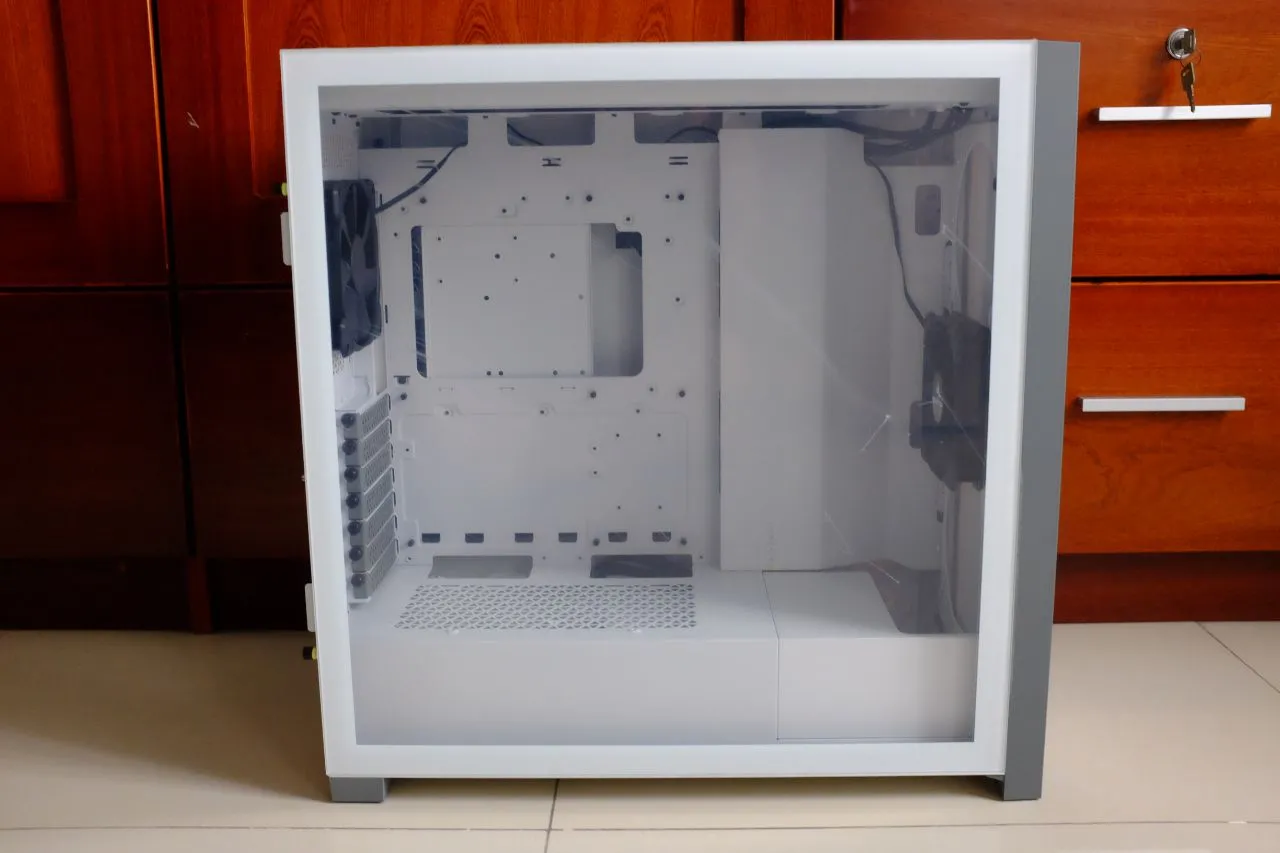
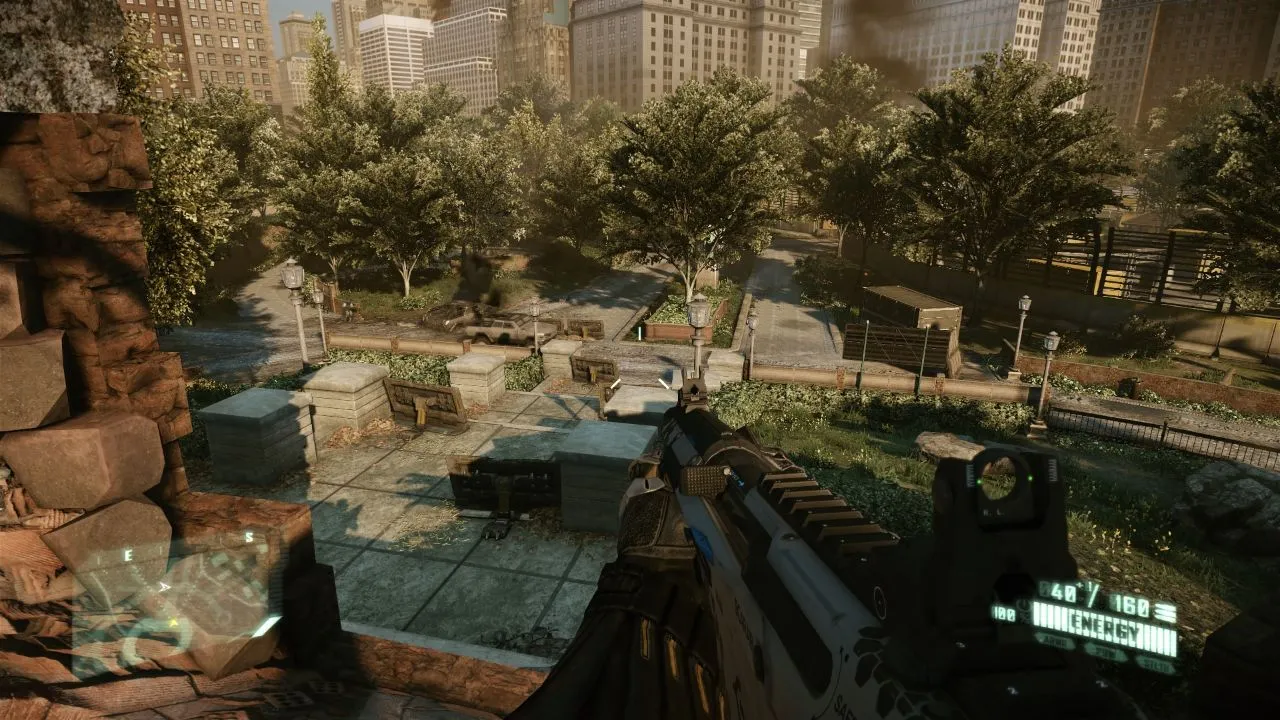
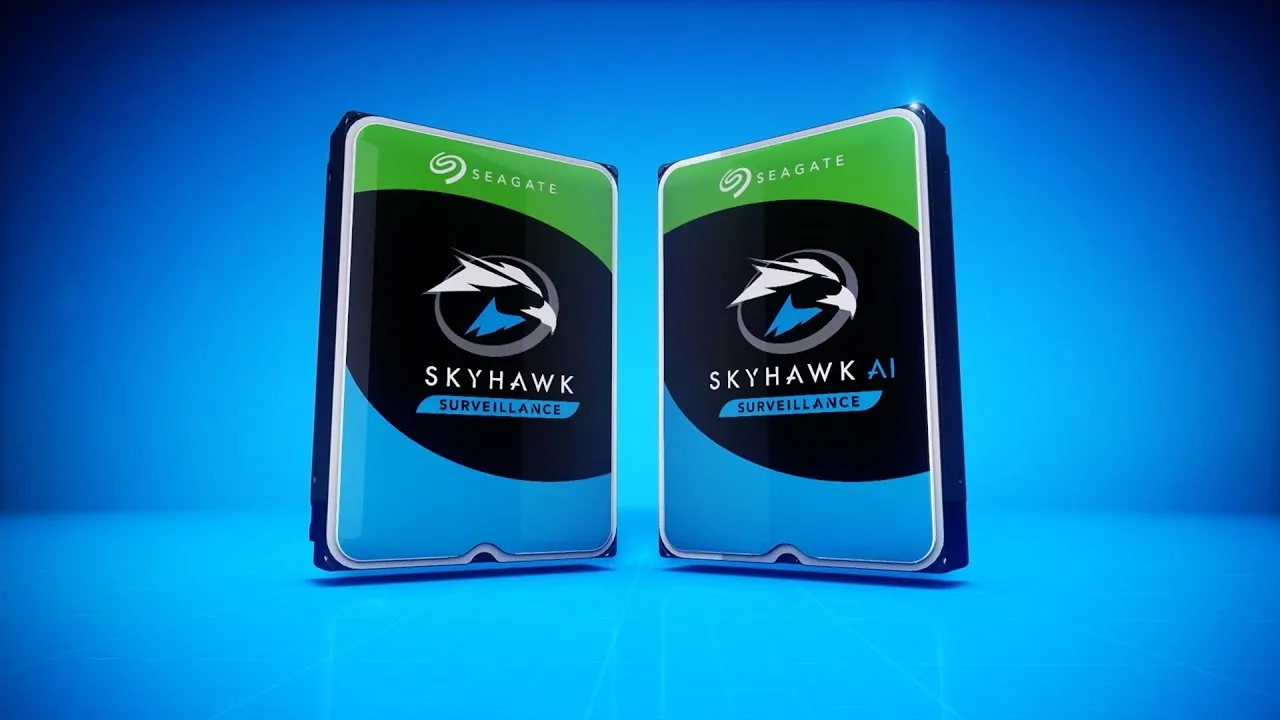
Comments (0)